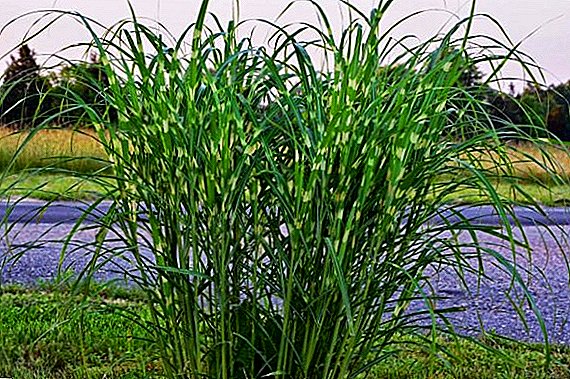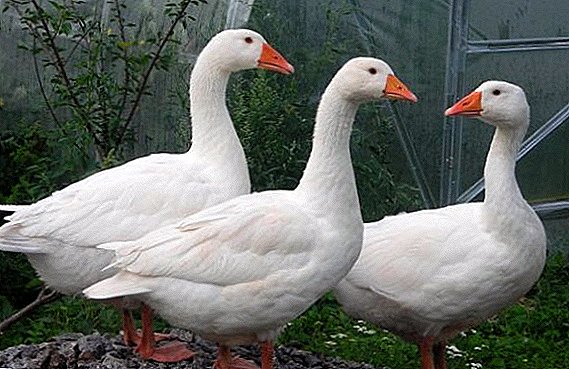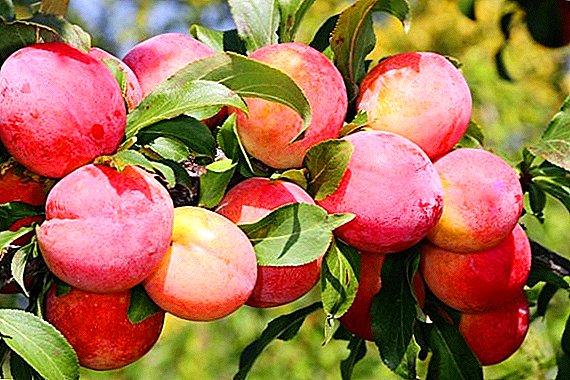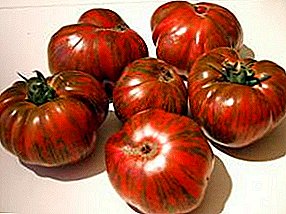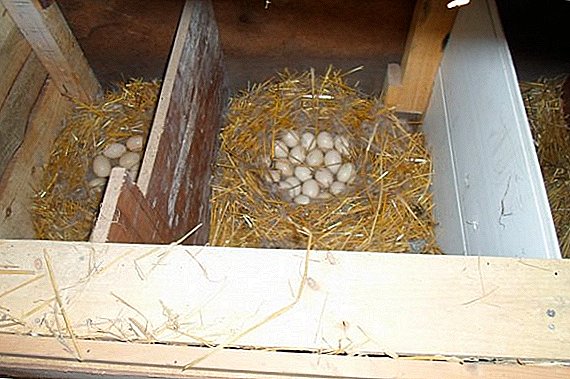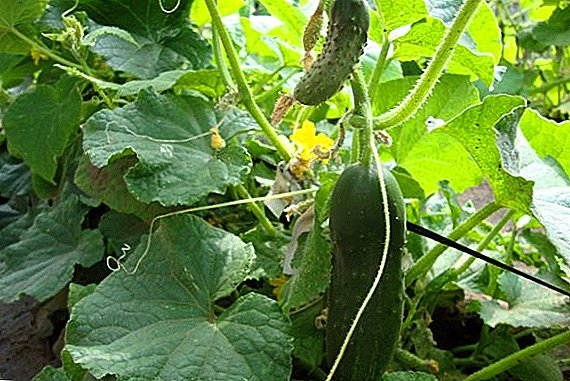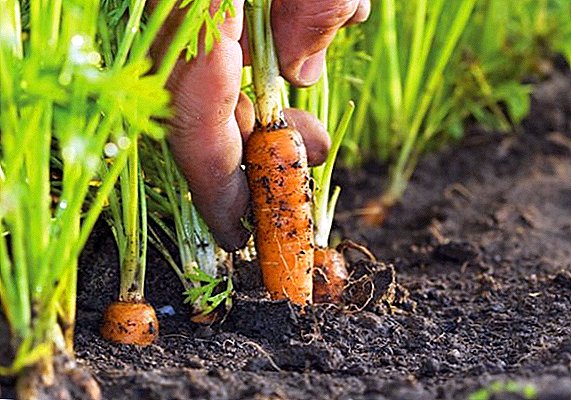 Many gardeners wonder how many days carrots grow after sowing and what to do if they linger or do not show themselves at all. From this article, you will learn accurate information about sowing carrots, namely the problems of poor seedlings and what exactly affects the process of growing healthy carrots.
Many gardeners wonder how many days carrots grow after sowing and what to do if they linger or do not show themselves at all. From this article, you will learn accurate information about sowing carrots, namely the problems of poor seedlings and what exactly affects the process of growing healthy carrots.
The optimal timing of planting carrots
To begin with, how and when to sow carrots so that it will quickly rise. There are several options for planting root crops (subwinter seeding and spring sowing). Also, the timing may vary depending on the precocity of the variety.
Sub-winter sowing. For this option, only those varieties that are not afraid of soil freezing are suitable (for example, "Moscow Winter"), so immediately drop the subwinter crop if you use non-frost-resistant varieties or doubt it. Sowing is carried out in late autumn, after the onset of small frosts, so that the seeds do not begin to germinate immediately. Sowing depth - no more than 4-5 cm.
As soon as the first frosts began, we sow dry seeds into the soil and sprinkle them with prepared black earth or other fertile soil. Humus or compost can be added to the soil mix to promote the growth and development of young plants.
By the winter also hang: onions, garlic, beets, potatoes, celery, parsley.
If during the sowing, snow fell, then after planting the seeds in the ground and pouring fertile soil over the top they put a snow blanket to protect the seeds.

Important! If you want to get quick shoots of carrots, in the spring cover the beds with lutrasil or other insulation.
Spring sowing. Seeds are sown when the snow has completely melted, and the upper part of the soil is dry and loose. A couple of days before sowing, cover the cultivated beds with a film (to additionally heat the soil). The optimum trench depth for sowing a root crop is no more than 2 cm. In contrast to winter sowing, in spring you do not need to be afraid of freezing of the soil, and additional centimeters of soil will take away strength from the shoots.
In order to make the groove of the desired diameter, put the handle on the shovel and press it. So you spend less time and effort. Before planting seed, pour plenty of grooves, pour out the seeds and cover them with a layer of soil with humus.
Important! It is necessary to tamp the soil at the place of sowing so that the seeds are in close contact with the soil and there are no air pockets. Such actions promote rapid germination.
Then pour the bed and cover with foil. As soon as the first shoots appear, remove the film in order not to overheat the young plants. Immediately answer the question, how many days does the carrot sprout after planting. If you did everything correctly, then shoots can be expected in 20-25 days, if the temperature is within 5-8 ºС.

There is also a "limiting" time for planting, after which it is inappropriate to plant a crop. So, plant carrots can be before June 15, in order to have time to collect it before the onset of cold weather (picking up late carrots is carried out in mid-October).
The timing of germination of carrot seeds
Carrot seeds required from one week to one month on shoots, so let's talk about how long the carrot comes in and what it depends on. Shoots depend on the temperature of the soil and the environment. Good, fresh, properly prepared seeds begin to germinate at a temperature of + 4-6 ºС. If after germination the cold weather keeps, shoots will appear not earlier than in three weeks.
If the sun shines in the yard, and in the shade the temperature approaches 20-22 ° C, the carrot will appear in 7-9 days. Therefore, answering the question, how many days after planting the carrot rises, we can say that within one month, but everything depends on the preparation of seed, weather and soil warming up, and not on the variety or hybrid.
If the seedlings appear at a temperature of + 6-8 ºС, then the plant will die from hypothermia. In the event that carrots do not sprout in a month (+/- 3-4 days), it is worth thinking about re-sowing other seeds, since the seeds that have been embedded in the ground have not sprouted or have been eaten by pests. 
Why does not grow carrots, frequent mistakes
Many gardeners make mistakes when planting a root. They relate to the germination of carrot seeds, the timing and place for planting, as well as the effect of seed quality on seedlings.
Did you know? Carrots were first grown in Afghanistan, where still grows the most different types of roots.
Quality of planting material
The quality of planting material - the first reason for poor germination or lack thereof. And in this section you will learn how to choose the right and Seeds suitable for your region:
- Seed freshness. The maximum shelf life of seed is five years, but every year the percentage of germinating seeds becomes less. Therefore, we recommend using planting material that is less than three years old. Ideal - last year's seeds.
- Appearance and smell. Planting material of the required quality has the following indicators: bright color, fullness, no wrinkles or any blemishes. Also, fresh seeds have a strong odor, due to the large amount of essential oils. If they smell of rot or smell is absent, refuse to purchase and plant such material. It should be said that the seeds must comply with the climate zone and the soil on the site used.
- Climate zone. If you are going to sow purchased carrots, then during the purchase, take a close look at the packaging and find information about the climate in which this variety or hybrid should be grown. Forget about the fact that there is a “universal” root crop variety that will grow equally well in Siberia and Krasnodar. Buy only the seed that matches your climate.
- The soil. In addition to the recommended climate, on the packaging of purchased seeds should be indicated soils that are suitable for growing varieties. Therefore, if such information is not available, check these parameters on the Internet or ask the seller. The discrepancy between the soil and the selected variety can seriously affect the seedlings, the quality and quantity of the root crops.

Landing depth
Now let's talk about how to sow carrots, so that it quickly rose. Above it was said that podzimny sowing requires one depth of embedding, and spring - completely different. Remember that the minimum embedding depth of seeds is 2 cm, the maximum is 4-5 cm (subwinter seeding).
If you sow the seeds to a shallower depth, they can overcool and not ascend; if you go to a larger one, they will not have enough strength to break through the layer of soil. Many gardeners, in order for the carrot to ascend more quickly, plant it to a depth of less than 2 cm, but we will tell you more about the intricacies of this method and what needs to be done before planting.
Did you know? In folk medicine, wild carrot is used to remove radioactive isotopes from the body.
If you did everything right, but you still don’t have carrots and you don’t know what to do, then let's move on to another common mistake.
Improper care for seedlings
After sowing, the material requires proper care, and the timing of germination depends on it. So, what should be done to make the carrot grow faster after sowing? As soon as the planting material is in the ground, it is affected by temperature and humidity.
To achieve quick shoots, cover the area with foil or other nonwoven covering material. Firstly, you protect the soil from drying out, secondly, you will not give the weeds the opportunity to “drown out” the vegetable, and thirdly, protect the crops from moisture overload.

The long shoots are connected with the fact that the culture first builds up the underground part, and only then sends the rest of the forces to the above-ground part. To speed up the seedlings, you need to abandon watering. It is the lack of moisture that causes carrots to bite and develop the green part. Therefore, it is not recommended to wet the soil in the first week after planting.
Frequent errors in the care of seedlings include the absence of weeding and the untimely cleaning of covering material. If you did not stack the film, then weeds will begin to appear much earlier than the first shoots.
The coated seeds are used in the cultivation of various crops: cabbage, eggplants, leek, onion batun, onions, peppers, radishes, radishes, melons, basil, parsley, lettuce, sorrel, zucchini, beets, squash, cucumbers, tomatoes.
Therefore, you need to check the site daily and remove all weeds. Covering material does not allow weeds to grow, but the same will happen with the first shoots of carrots. For this reason, often lift the film and check for the presence of the first green.
How to sow carrots so that it quickly grows up, tips for getting a rich harvest
As soon as the snow begins to fall and the first thaw patches appear, take the seeds and put them in a woven bag. At the site, dig a hole 20-25 cm deep, put a bag of seed there and pour a few liters of warm water on it.

Next, cover the hole with earth and cover with snow. After a week and a half, dig up the bag, mix the seeds with large sand and sow. Using this method, you will see what carrot shoots look like in a week.
Coated seeds. Gardeners know that a culture requires many nutrients and microelements to get quick shoots and good production. So, the coated seeds are a shell of all the necessary substances, in which the seed of the carrot is "wrapped up".
By planting such dragees, you will receive several advantages at once: quick shoots, protection of seeds from pests, rationing of crops, a “starter kit” for optimal development of the root system and the aboveground part of a young plant. Do not be afraid that the products will be oversaturated with harmful substances, the seed completely consumed these substances long before the formation of the root.

Now you know how to germinate carrot seeds and get seedlings quickly. Do not refuse covering material and additional fertilizing, as these methods of increasing yields have long proved themselves. Use our instructions, and you will succeed.


